Archive for the ‘Visimagery’ Category
Entry 1666 — Back to Beining
Friday, December 19th, 2014
Here’s the latest image I got from Guy R. Beining:
It is part of a letter it grieves me to report on. He asks if I think I could sell works like it on my website, suggesting a price of $200 for this. I’d get a 33% commission on all sales. Gah. If I had any semblance of economic security, I’d buy this and four others sight unseen for $200 each. I grieve because I know I can’t sell anything here, at any price. I once offered 25 RASPbooks for $50 and Karl Kempton was the only one to buy a set (and he ain’t rich). No complaints, because I hardly ever buy anything of anyone else’s. Not only don’t I have the money to, but my concept-appreciation to ornament-appreciation (like the feel of hardened acylic, etc., even the size of an image) is much higher than most lovers of visimagery’s (i.e., “visual art”), so Internet access rather than physical ownership is enough for me in almost all cases.
Of course, I also grieve because Guy’s stuff should be in bigTime museums with articles in ARTnews about it. If he can’t get the recognition he deserves, who can? Or am I so out of it that I don’t see how much better New York stuff is than the above?
I wish I had time to really deal with the above critically, but the year is about to end, and I have so much to do! For instance, I still haven’t finished either of my next two columns for Small Press Review, and I’ve had full-length fairly decent rough drafts of both of them ready for a final attack for over a week. Wotta life.
.
Entry 1635 — Comic Strip Survey
Tuesday, November 18th, 2014
I was so busy with Shakespeare authorship matters today that I didn’t have time for a real blog entry. Instead, this< which is something I just emailed to the local paper I read:
I’m posting it on the off-chance posterity will be interested in my choices and this commentary. First of all, I made Dilbert my favorite because it far and away is, of the choices, and probably of all the strips I know about, even Mary Worth (Sarcasm since, those of you not familiar with this strip, it not only is pure soap opera, but soap opera without dramatic interest and with less narrative change per frame than you’d believe possible; actually, that makes it worth keeping–it’s sometimes hilariously bad). I listed Mutts in my favorites although it is often vilely sentimental and not often very funny because once in a while is it very funny, and once in a while it seems an excellent haiku to me. I like its flavor of the old Thimble Theatre, hangout of Popeye. I also fear it may get kicked out of the funnies, and most of the others, although usually better than it, are very similar. Sally Forth I put down for fear it might need my vote, too. It’s rarely really funny but, for me, almost always gently amusing. Again, it’s one of the few strips on the paper that has much individuality.
Zits and Baby Blues would have been numbers 2 and 3 if I thought they needed my vote. Both seem funny to me more often than not, and I like how often they suggest how different males and females are from each other.
I have little to say about the three on my list of ones I could live without: For Better or Worse is okay but we’re getting reruns, and once was enough. A new strip to me that has only been in the paper a couple of weeks is Wumo. It has so far always seemed almost-funny but misfiring. Imitation Gary Larsen but never as right on as he almost always was.
.
Entry 1607 — 2 Photographs by t. kilgore splake
Tuesday, October 21st, 2014
I don’t know where the day went, but it included my first physical therapy session. It was just an evaluation of my problem, which my physical therapist and her trainee assistant agree is due to my back, and ought to be amenable to pt exercises that I’ll begin doing tomorrow. I bought some cat food, too. I read some. I forgot about doing this entry until almost bedtime, which is why it’s just the two photographs below from Backwater Graveyard Twilight, a collection of poems and photographs by t. kilgore splake I recently got a review copy of:
The (first-rate) photographs here are representative of his work as a photographer. A quite good poet, too, he reminds me of Bukowski and Kerouac. I’d come across his name before but not his poetry, that I remember.
.
Entry 1596 — My Cover Poem
Thursday, October 9th, 2014
Directly below is the cover featuring the design Craig Kaplan and I came up with for the latest issue of The Journal of Mathematics and the Arts. Beneath it, from the bottom up, are my initial rough draft for the cover, then two drafts of mine (from several) combining ideas of Craig’s and mine. The poem is my “Mathemaku No. 10.”
From down&dirty to fairly high-grade commercial art, it seems to me. Two equal but different expressions of aesthetic taste. If we had gone with my initial version, I would have wanted to boost its resolution and possibly made the heart-sequence more like the sequence in the one just above it–i.e., made the upward movement less predictable. I hadn’t realized when I made my first version that the lay-out of the cover was rigidly the way it is in the top image: image in square to top right, name of publication, image in square to bottom right. I’d have a single image take up the entire page with the publication data on top of it around two thirds of the way up. Different strolks for different fokes. Also a good demonstration of why I’ve never made any money from what I’ve done in the arts.
.
Entry 1547 — 2 Pages from Outside the End
Saturday, August 23rd, 2014
Entry 1546 — The Beining Exhibit Continues
Friday, August 22nd, 2014
Entry 1545 — Back to Beining
Thursday, August 21st, 2014
All I can say about this is that the ink drawing is typical Beining, and I really like it. Tubes instead of lines (wires?) in places seems to me brilliant, for some reason. I have no idea how original it is. It suggests subdermal invasion, but–possibly only to me–tubing and wiring that strange biological accidents leak out of. Of course, the page (the second half of which is outside the end of the book) is mainly a highly sophisticated adventure of theme and variation.
.
Entry 1530 — Swirl
Wednesday, August 6th, 2014
I was stiff and sore today, but spent several hours on the cover for the Jouranl of Mathematics and the Arts I’ve been working on lately. It will be in two parts. The swirl below didn’t make the cut, but it’s kind of interesting:
The second graphic will have a great big heart as frame to my Mathemaku No. 19,, the quotient of which is a heart. Whee.
.
Entry 1513 — Orange, Green and Blue
Sunday, July 20th, 2014
I call this “The Quantity Composition in Orange, Green and Blue to the Power of X”:
 I threw it together the other day when I was having trouble uploading graphics to see if I could upload it. I was unable to. It’s here mainly because I want to get this entry out of the way quickly and get working on something Very Important–as yet unidentified. But I also find it intriguing. It makes me wonder what the image on the left would equal if raised to the power of x + 1, for instance. Or to i/x. I think if I were teaching a class in visimagery to college math students, I might make one of their assignments solving for the composition in orange, green and blue raised to the power of x = 1, and another assignment changing the exponent involved to something else of their choice and solving the resulting equation.
I threw it together the other day when I was having trouble uploading graphics to see if I could upload it. I was unable to. It’s here mainly because I want to get this entry out of the way quickly and get working on something Very Important–as yet unidentified. But I also find it intriguing. It makes me wonder what the image on the left would equal if raised to the power of x + 1, for instance. Or to i/x. I think if I were teaching a class in visimagery to college math students, I might make one of their assignments solving for the composition in orange, green and blue raised to the power of x = 1, and another assignment changing the exponent involved to something else of their choice and solving the resulting equation.
Note: I consider this technically a visiomathematical poem, but a very poor one because just dahdahed-together. I feel I could make a thousand similar poems in a single day, and there’d be no sane way to idenify the best of them. But it’d be fun!
To make it effective, I believe one would have to find some way of making the equation metaphorically plausible.
.
Entry 1512 — A Quick Revision
Saturday, July 19th, 2014
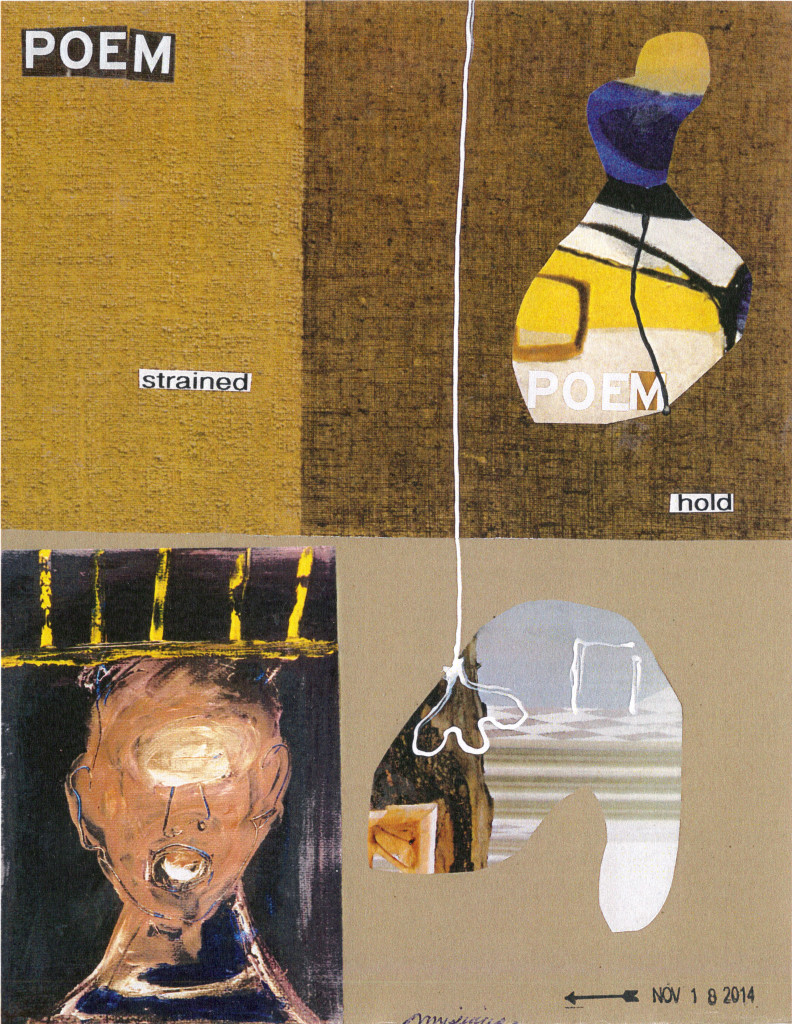
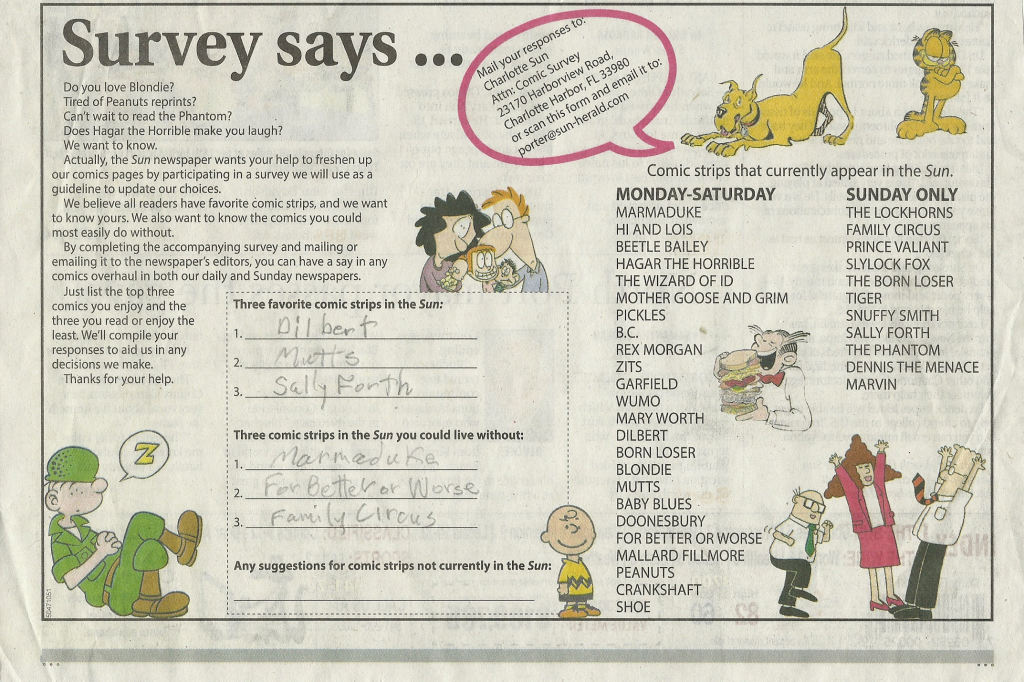











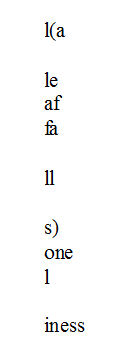
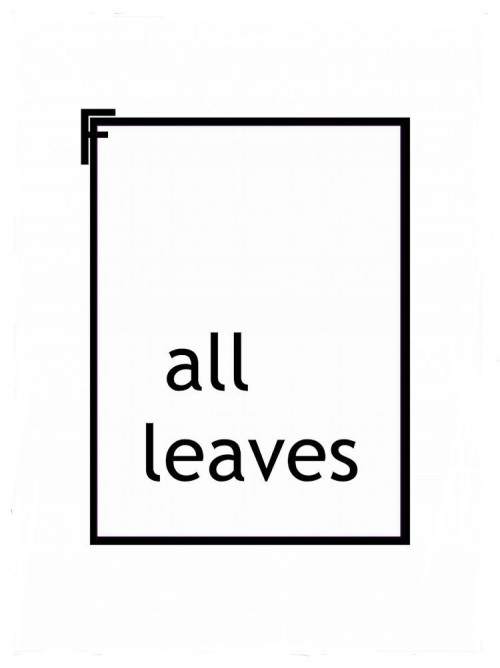
 Communist Evolution
Communist Evolution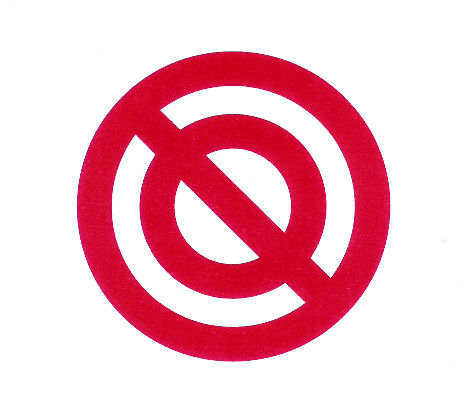 NoNo
NoNo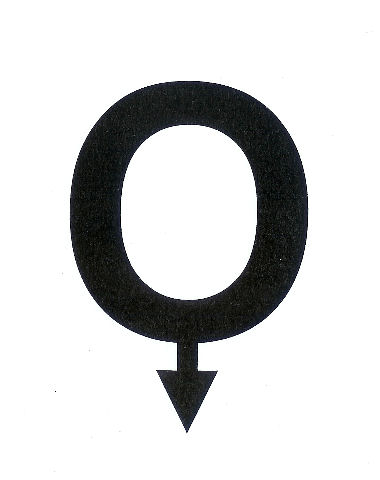 Transgender
Transgender

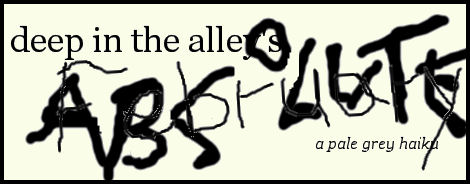
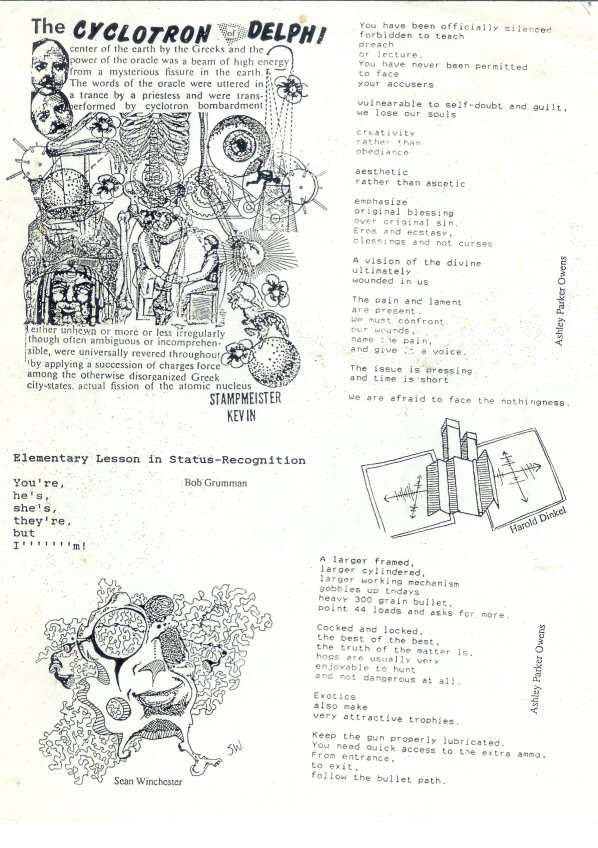

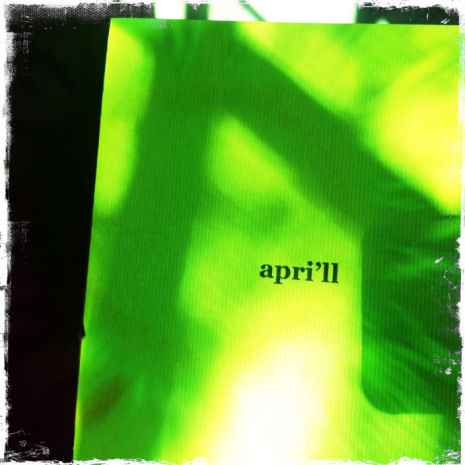
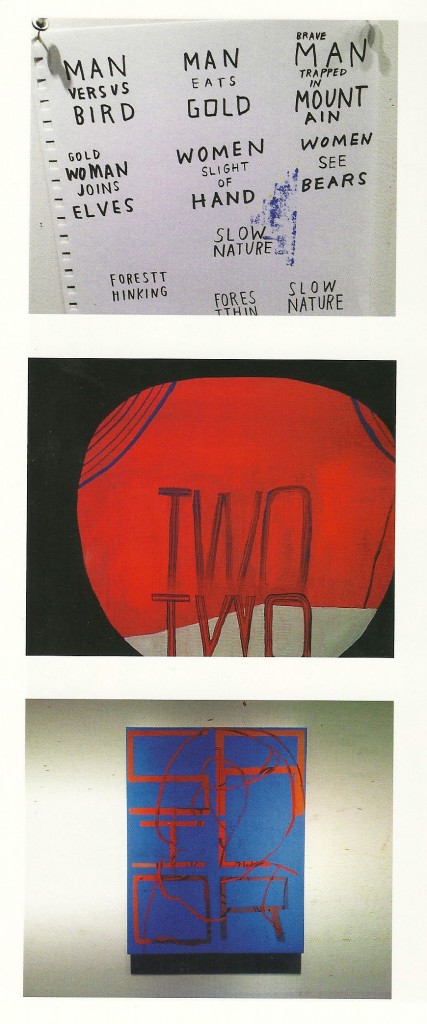




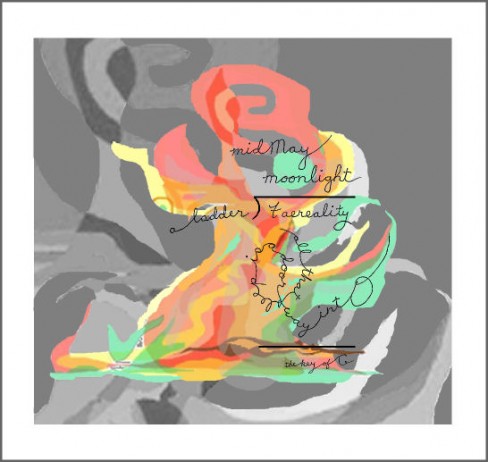
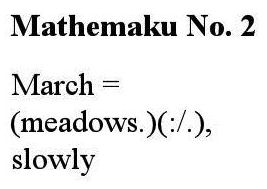


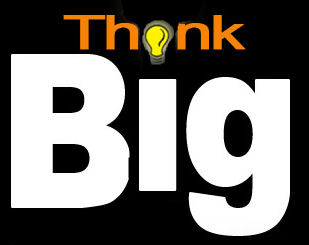
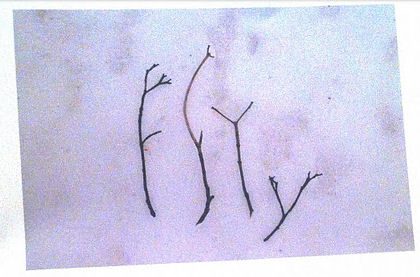
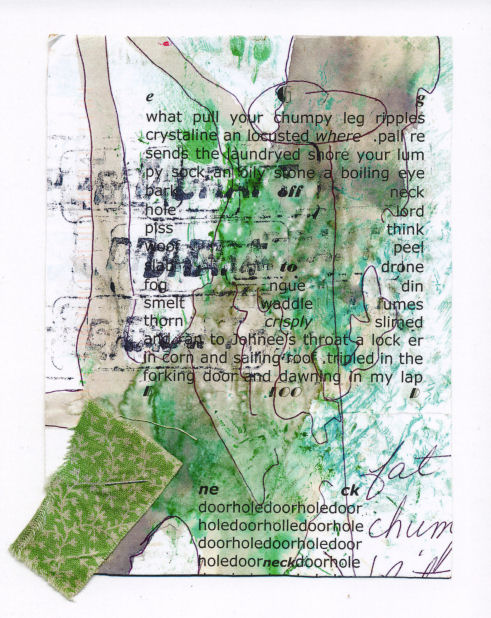
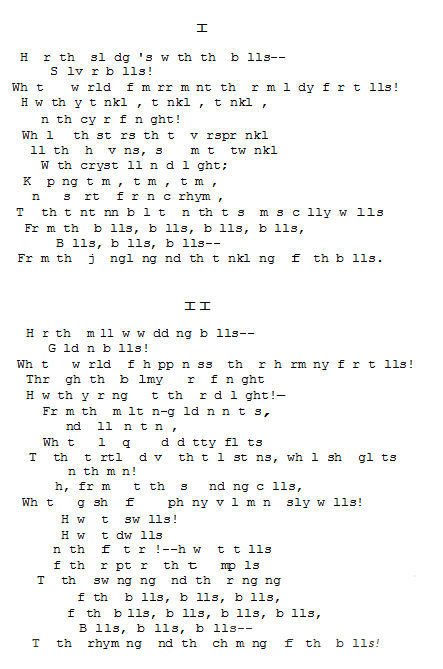
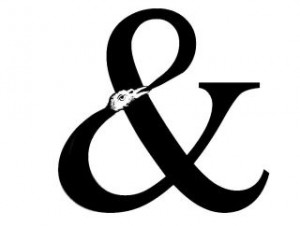
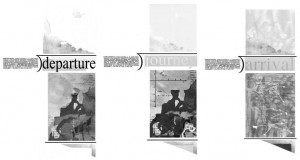
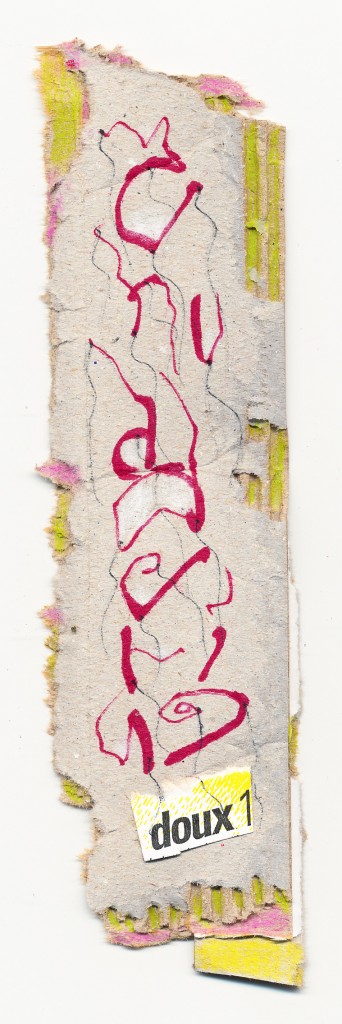
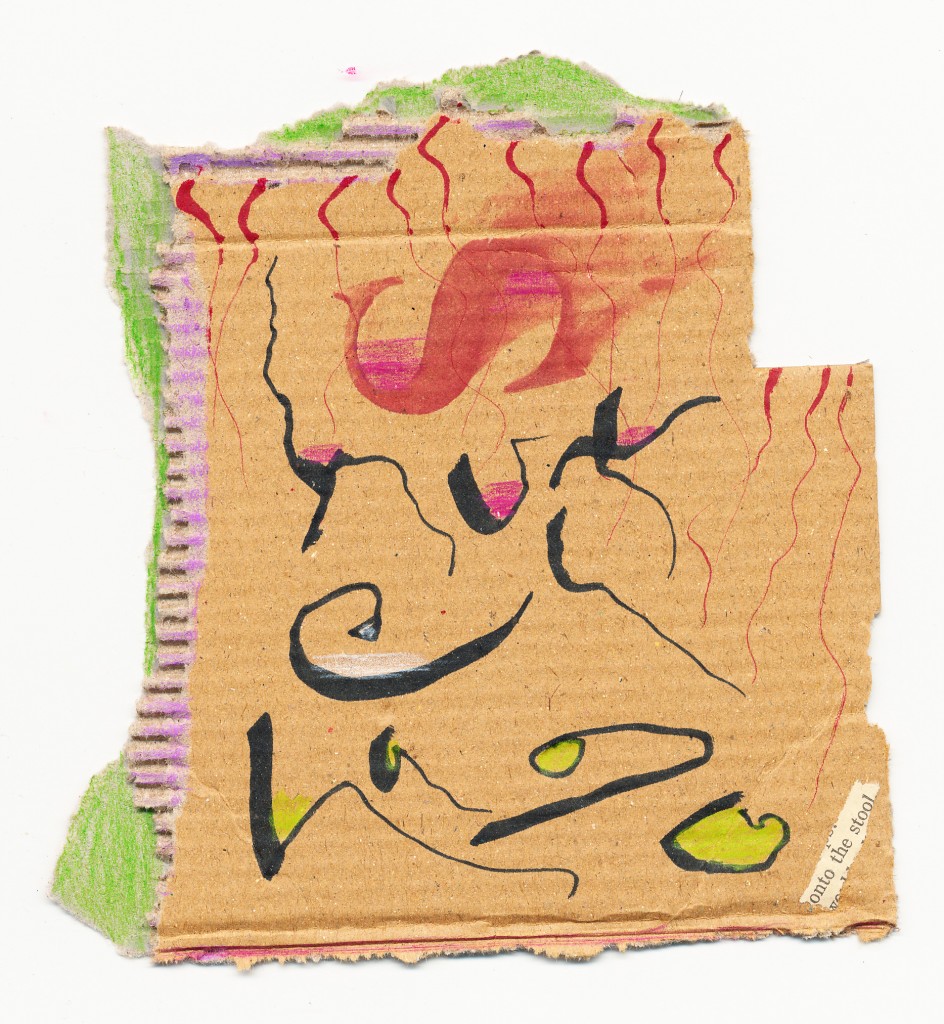
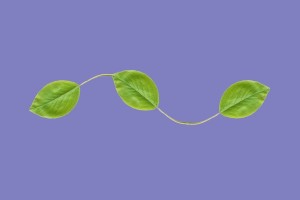
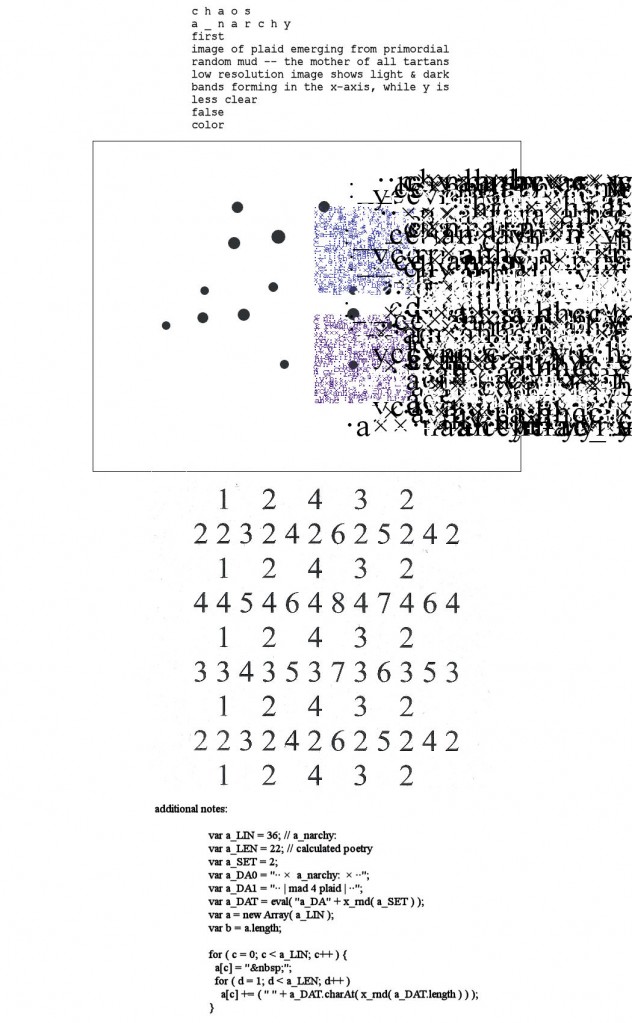
Hmmm . . . . all leaves in fall.
Was this one of the response to Dan Waber’s “Fall leaves” project?
– endwar
I’m away from the files in my main computer so can only tell you it was a response to one project of Dan’s, probably the one you mention. Not sure, though, It had to do with work by bp Nichol, though.